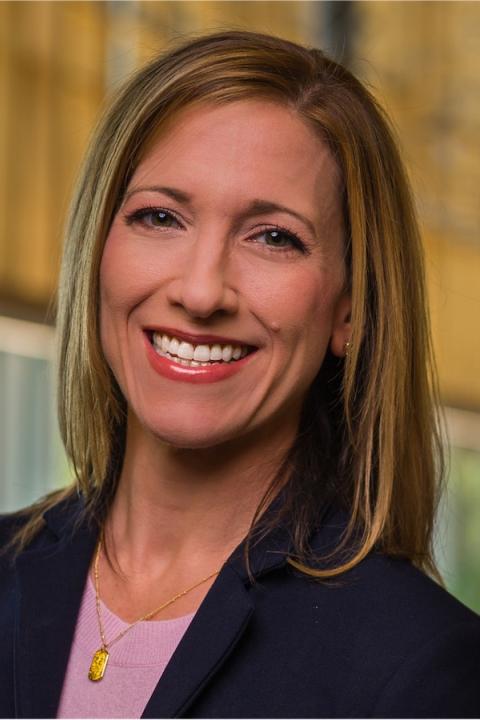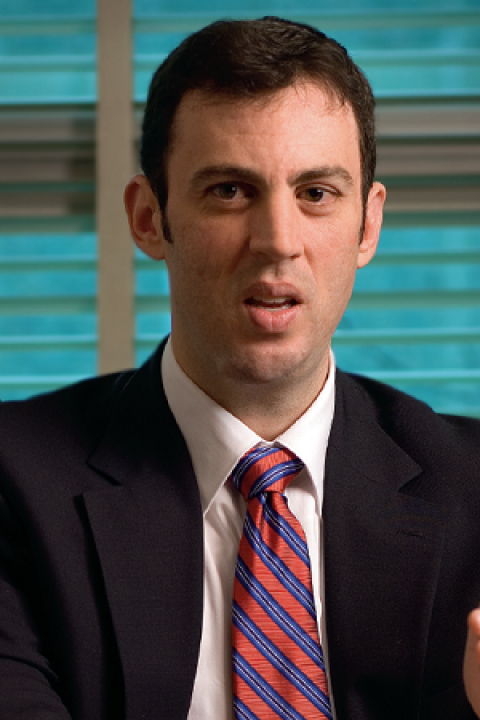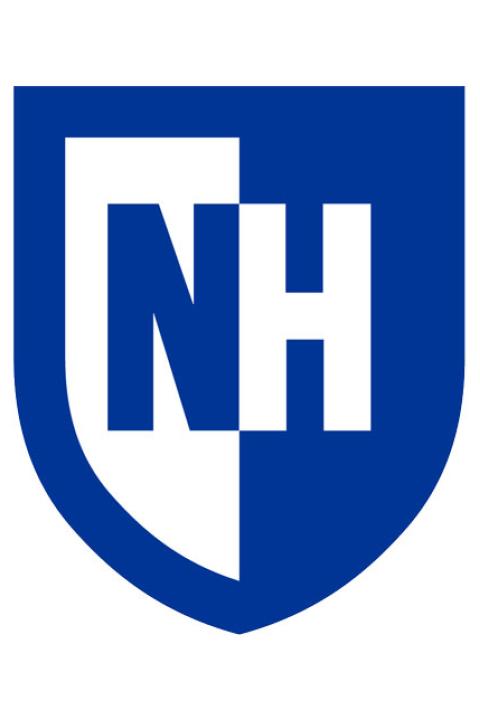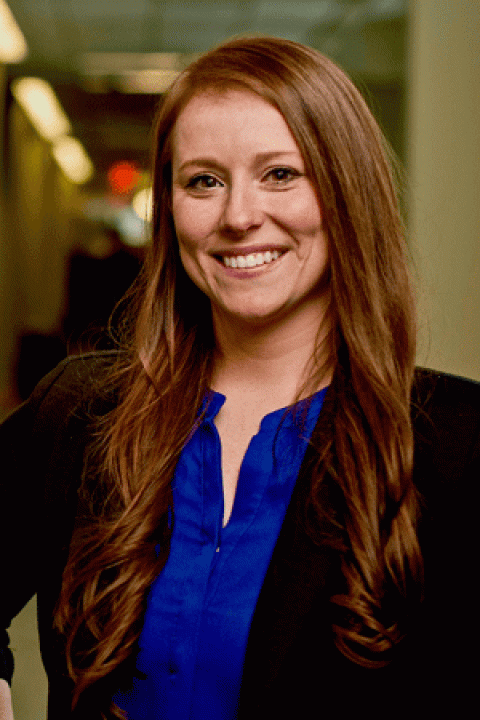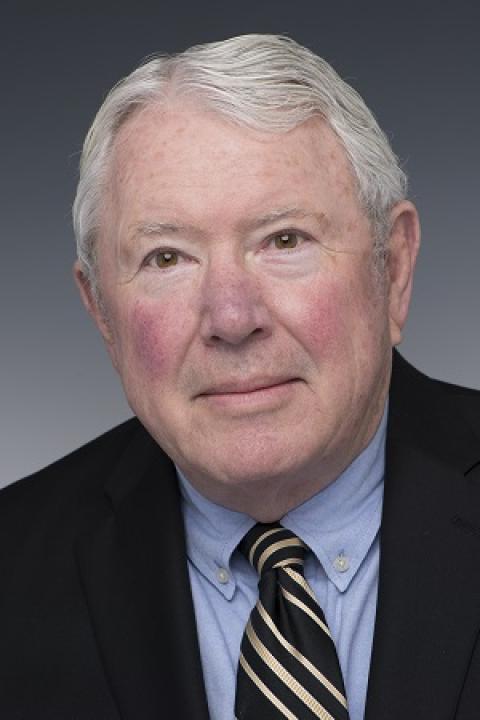-
Associate ProfessorChair, Management and EntrepreneurshipEmail: Rachel.Campagna@unh.eduPhone: (603) 862-5365
-
Associate ProfessorManagement and EntrepreneurshipEmail: Vanessa.Druskat@unh.eduPhone: (603) 862-3348
-
Associate ProfessorManagement and EntrepreneurshipEmail: Jennifer.Griffith@unh.eduPhone: (603) 862-1624
-
Adjunct Instructor, Management and EntrepreneurshipEmail: Peter.Hughes@unh.eduPhone: (603) 862-3381
-
Associate Dean for Graduate Education & Faculty AdministrationEmail: Victoria.Parker@unh.eduPhone: (603) 862-0314
-
Associate Professor/ChairManagement and EntrepreneurshipEmail: Tuck.Pescosolido@unh.eduPhone: (603) 862-3367
Program Instructors Talk About Their Segments

Many organizations struggle to create effective Individual Development Plans for key employees. Addressing multiple, very unique development needs is difficult, time consuming work. Creating a comprehensive plan takes rigor and commitment. Target and arrow
When decent development plans do get assembled, it’s then frustrating when they don’t get implemented or don’t produce the desired results.
The Executive Education team designed the open-enrollment program Leadership Certificate Program to run six days and involve multiple supports for the creation of an effective IDP. The conclusion and climax of the program is participants’ work on a data driven and well-supported plan.
MANAGER: Before the program begins, participants meet with their managers to set goals. Involving one’s manager at the beginning of the strategic process of creating an IDP increases its success.
SUPPORT TEAM: So does creating a support team. As a result of the manager meeting, participants work on a manager-assigned “strategic application project” throughout the Leadership Certificate Program. Work on this stretch assignment exposes participants to a variety of individuals inside and outside of their organization, all of whom can contribute to the IDP.
ASSESSMENT: Assessment shines light on development needs. A reliable and accurate method of uncovering development needs is by using a proven 360-degree assessment, like the Emotional and Social Competency (ESCI) that is included in Leadership Certificate Program tuition. Better yet is the program’s rigorous “assessment center” methodology that incorporates multiple assessments, simulations, and interviews. When results are gathered and summarized, they become valuable input to a development plan.
COACHING: The experience and expertise of a coach working with a leader on development also adds to success. The Leadership Certificate Program includes two hours of one-on-one coaching, an hour interpreting feedback from the 360-degree evaluation (ESCI), and a second hour on development planning and implementation of the Strategic Application Project.
The program design makes a demonstrable contribution to reaching leadership goals at an accelerated rate. Plus, when an employee takes ownership and responsibility of a data-driven IDP, managers, human resources and others often happily contribute their support.

“Leading in a Learning Organization” is empowering people to take responsibility for their own team's learning. Fast learning and fast application are a sustainable competitive advantage. Therefore, they are essential for long-term success.
Leadership for Learning will be one of the concepts covered on day five of the six-day Leadership Certificate Program now accepting enrollments at the University of New Hampshire.
It is taught by Dr. George Roth, Visiting Associate Professor of Management at the Peter T. Paul College of Business and Economics. “Leadership for Learning enables organizations to assess and improve themselves, rather than just focus on how they perform. It involves a collective effort of stepping back and determining what is needed to do better,” Roth said.
An organization’s learning ability has a lot to do with its capacity to tolerate uncertainty, discomfort, fear, mistakes, and ambiguity.
The concept comes from Peter Senge’s work on The Five Disciplines for a Learning Organization. “It’s about creating practice fields for yourself and your team to test solutions. In this program we develop and test solutions so that participants can take them back to their real world job,” Roth said.

The Leadership Certificate Program itself is a Leadership for Learning design. Before class begins, participants prepare for the certificate program by meeting with their sponsor, most likely their manager, to define a “Strategic Application Project.” Participants then bring the real company challenge into the classroom where they apply scholarship, peer input, one-on-one coaching, and instructor guidance to the project.
“We help participants understand and develop their strengths and avoid their weaknesses,” Roth said. “We provide a safe environment to work on areas that can be improved. They learn something new to take back and then be more effective on the job where there is pressure to perform.”
Top leadership skill to begin developing now
What skills and knowledge will be needed to meet the challenges of the future? As organizations increasingly rely on teams to complete complex tasks, sharp teamwork becomes essential.

There are a lot of ideas about how to increase team performance. One idea is founded in scholarly research, Shared Leadership.
“The general idea is that leadership is more of a process and less of a person,” explains the researcher and program instructor, Dr. Michael Kukenberger. “It’s the idea that multiple people are taking on a leadership role.” Kukenberger is an assistant professor of organizational behavior at the Peter T. Paul College of Business and Economics.
Shared Leadership is one of the concepts covered on day four of the six-day Leadership Certificate Program now accepting enrollments at the University of New Hampshire.
Rather than consider leadership from a trait perspective, in that a certain person has certain attributes toward leadership such as contentiousness, extroversion or confidence, it’s more of a process -- where people interchange leadership.
“It’s granting and claiming,” explains Kukenberger. “I might grant you leadership, you might claim leadership, maybe because we both have certain traits or unique skills that the other does not have.”
Shared leadership is emergent leadership in that people take on a role. It’s informal in that it is not necessarily assigned. It’s also collective in that multiple people would be doing it. “It better utilizes knowledge and expertise,” Kukenbrger says. “Shared leadership is well suited for the evolving nature of work.
Learning to make those high stakes strategic decisions
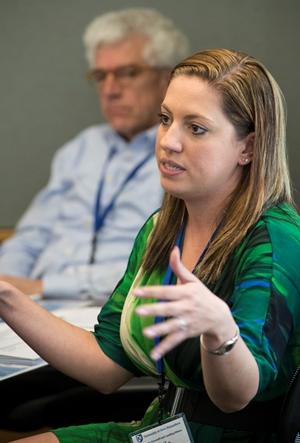
Strategic decisions all have a certain amount of ambiguity in them, a certain amount of incomplete information. They are very high stakes. Strategy is the final session in a six-day Leadership Certificate Program now accepting enrollments at the Peter T. Paul College of Business and Economics. It is taught by Peter Lane, Associate Dean of Faculty and Administration and Professor of Strategic Management and Technology.
“The outcome of strategic decisions depends how people implement them and how customers, suppliers, and competitors respond to them,” says Lane. “So anyone who is, or who anticipates they will be, leading any kind of group where they have bottom line responsibility needs to have the strategic leadership perspective.”
Strategic Leadership perspective is the art and science of developing, communicating, and implementing an organization’s long-term recipe for success. That perspective helps leaders deliver bottom line results by being both operationally efficient and strategically insightful. Strategic leadership is required at all levels of an organization. “I’ve met nurse practitioners who are great strategic leaders of their business units,” Lane recalls. "They’ve learned to understand what the key performance factors are and have developed and make strategic decisions communicated from long term strategic priorities.”
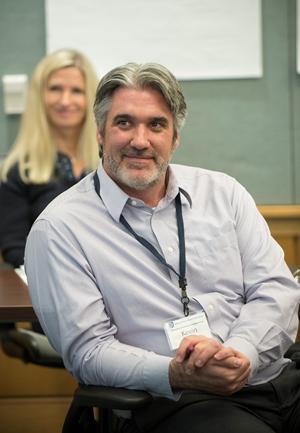
Lane uses a set of frameworks and tools that help leaders understand a situation, understand their organization, and figure out the best way to move both forward.
“The tools are there to help leaders develop judgment,” Lane says. “I believe judgment comes from experience, but the learning curve can be accelerated with the right tools in process.”
